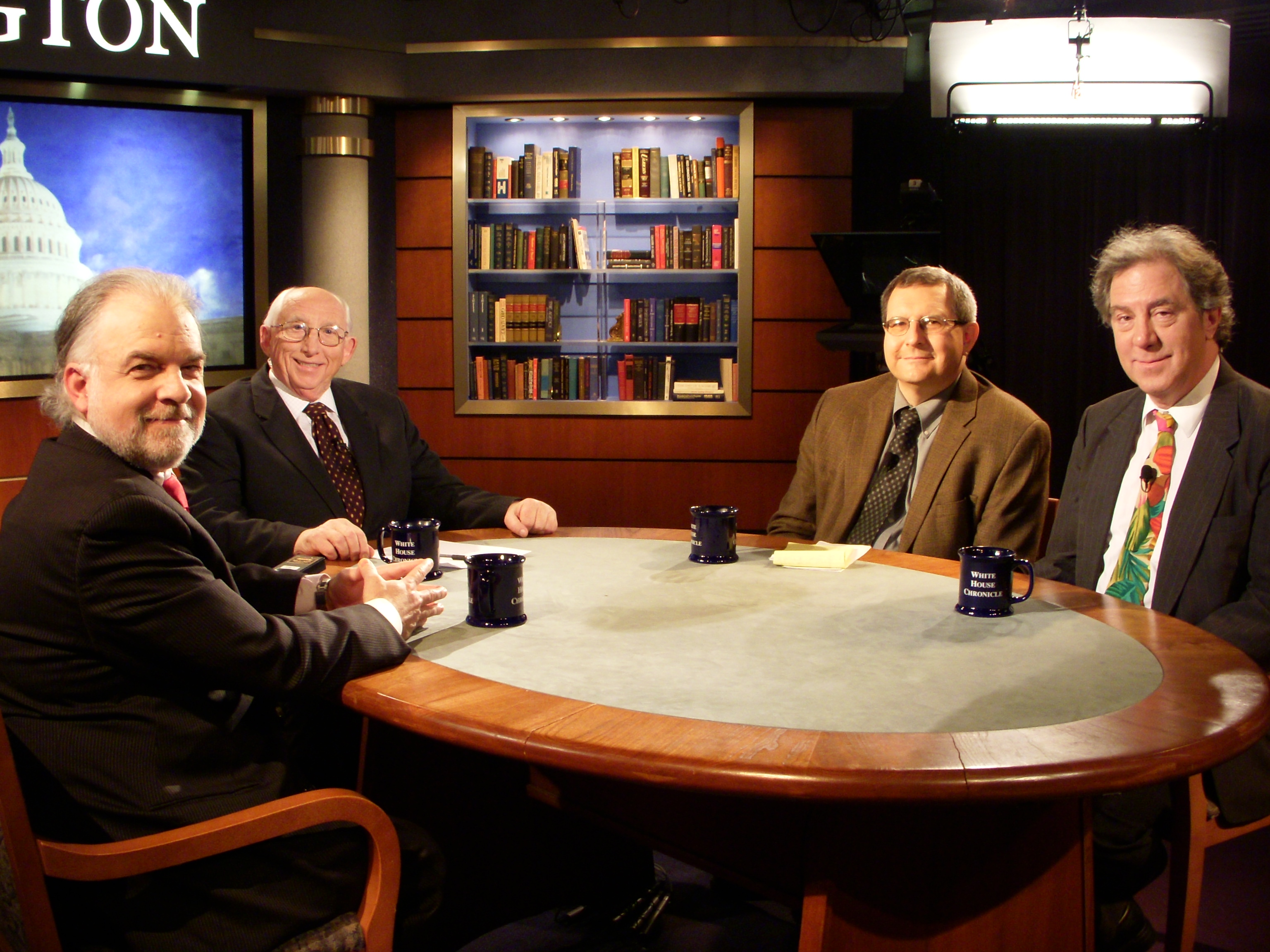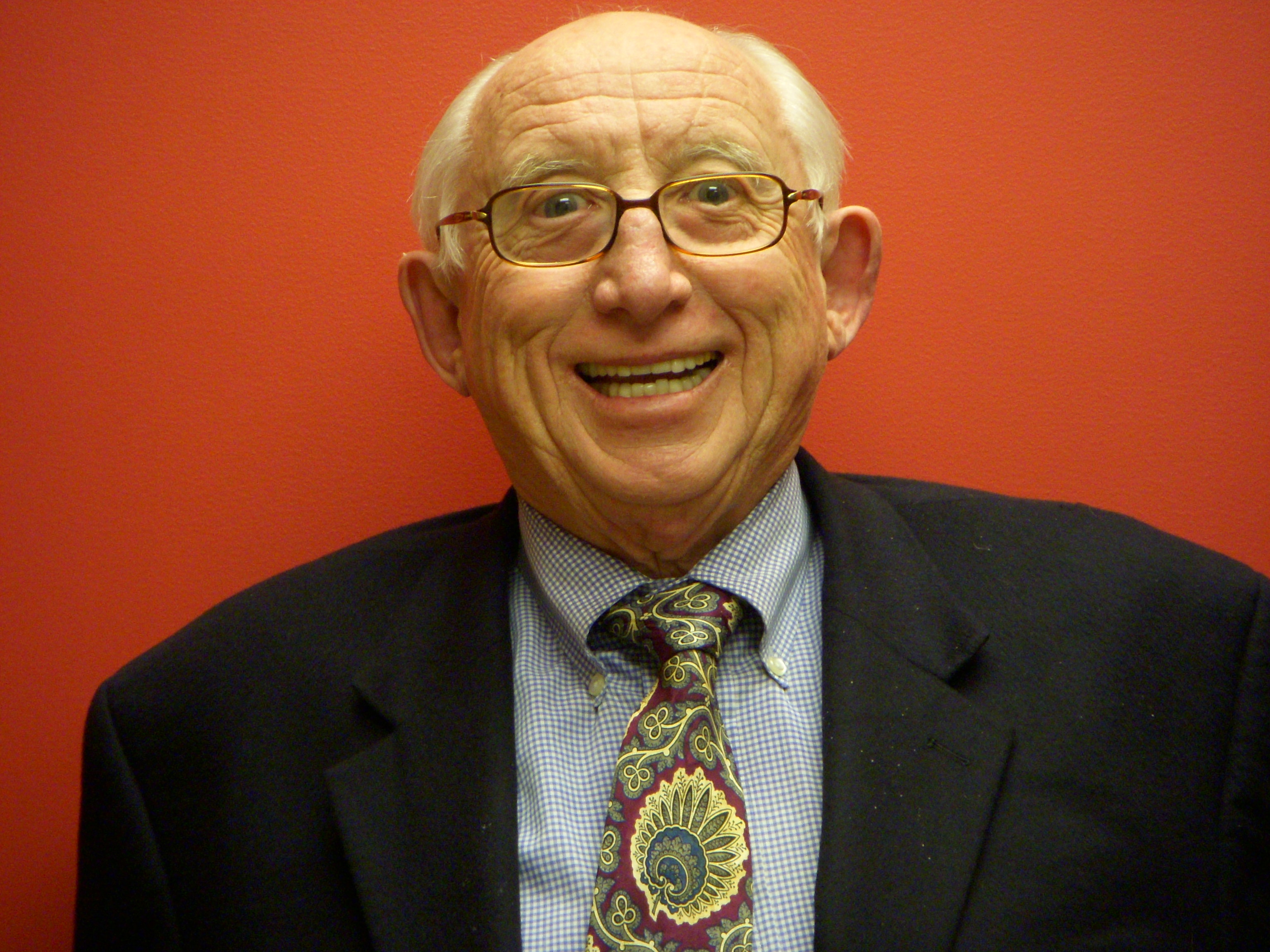Joe Mathieu, host of POTUS (Politics of the United States) on SiriusXM Radio (Channels 110 and 130). fowarded this e-mail to us. Pete Dominick, his SiriusXM colleague, was the original recipient:
From: Michael de Montreul
Date: Aug 29, 2010 4:15 AM
Subject: Hail to the King
Pete,
I hope your show went well. If you didn’t catch The Press Pool on Friday, you missed Llewellyn King in top form and I highly recommend giving it a listen. My wife and I have decided that we would like Mr. King to read us a story every night, give us a big hug, tuck us in and tell us everything will be alright. the man has such a gift for language, capacity for nuance and a nose for bullshit.
Mike from Clinton, BC






